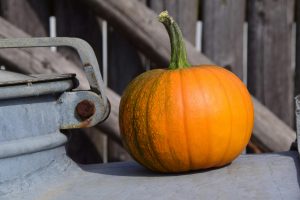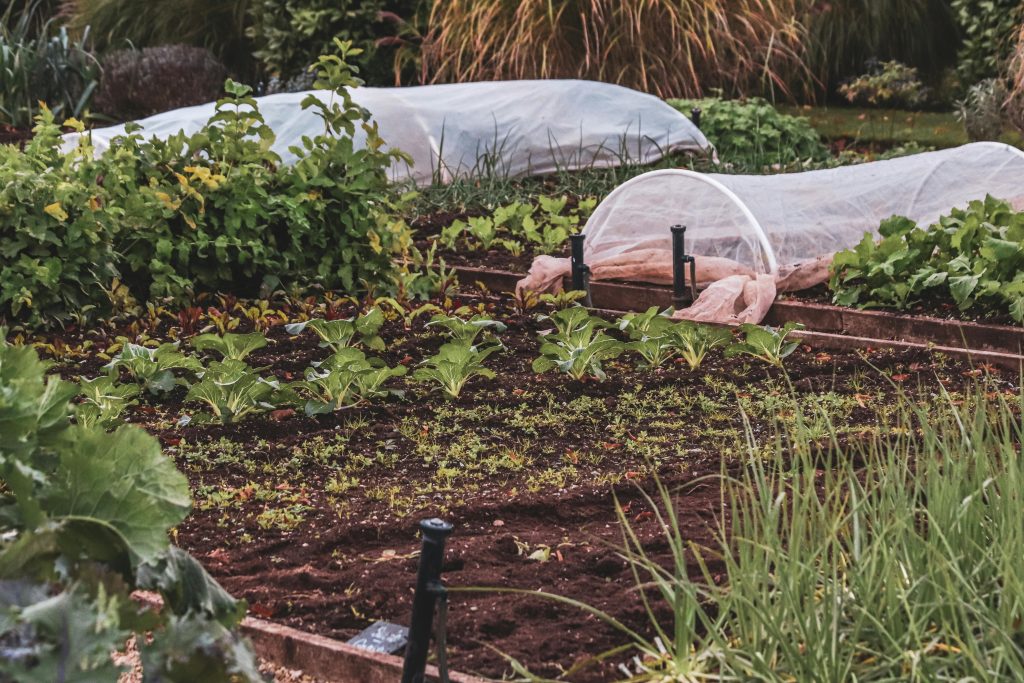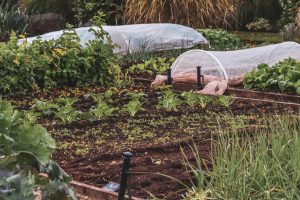
Pumpkin Growth Hack: Fertigation Tips for Halloween Patch Success
October is the season of pumpkins. From farmers preparing their harvest for markets, to landscapers designing festive displays, to families visiting pumpkin patches for Halloween

Fall soil care is about more than just replacing what crops, lawns, or gardens have consumed over the growing season. It is about setting the stage for resilient, fertile soil that will carry plants through winter and prepare them for vigorous growth in spring. For farmers, landscapers, and gardeners who want to take their soil programs seriously, few strategies are as effective as combining three powerful amendments: gypsum, potash, and magnesium sulfate.
Individually, each of these products has a proven track record of improving plant growth and soil structure. Gypsum delivers calcium and sulfur while improving soil texture. Potash supplies potassium, the nutrient of resilience and stress tolerance. Magnesium sulfate contributes magnesium for chlorophyll production and sulfur for protein formation. When combined in a smart fertigation or soil application program, these three nutrients work synergistically to deliver results greater than the sum of their parts.
At Supply Solutions LLC, these products are trusted by growers across different scales. Whether you are feeding a field of wheat, managing a residential lawn, or tending to a backyard vegetable garden, using this trifecta in October can transform soil health.
Before looking at how they work together, it is useful to recap the role of each nutrient source.
Together, these three amendments cover essential secondary and micronutrient needs while also enhancing the soil environment itself.
It is tempting to think of fertilizers in isolation. Nitrogen for growth, phosphorus for flowers, potassium for resilience, calcium for roots. But in reality, plant nutrition is about balance and interaction. Gypsum, potash, and magnesium sulfate overlap in ways that complement each other.
By applying them together in October, growers create a nutrient-rich and structurally improved soil environment that supports strong root development and nutrient storage before winter dormancy.
Farmers are always looking for ways to improve yield and soil health while managing costs. The gypsum-potash-magnesium sulfate trifecta delivers measurable benefits.
Farmers who apply this trio in October see healthier crops and fewer problems in the growing season ahead.
Landscapers need results that clients can see. A fertilization program that combines gypsum, potash, and magnesium sulfate creates greener lawns, stronger ornamentals, and healthier trees.
Including this trio in fall services helps landscapers deliver real improvements that customers notice in spring.
Gardeners often face compacted soils, poor fertility, or yellowing plants by the end of summer. Combining gypsum, potash, and magnesium sulfate in fall addresses these issues head-on.
For gardeners who want an easy-to-understand yet effective soil care program, this trio offers simplicity and impact.
Using gypsum, potash, and magnesium sulfate together requires attention to rates and timing.
While this trio is powerful, mistakes can reduce its effectiveness.
By applying with knowledge and precision, growers maximize benefits and avoid waste.
At Supply Solutions LLC, growers can access high-quality gypsum, muriate of potash (0-0-60), and magnesium sulfate products that are trusted for solubility and consistency. Unlike generic bulk products, these offerings are chosen to provide dependable performance across farming, landscaping, and gardening applications.
The advantage of working with Supply Solutions LLC goes beyond product quality. Customers gain access to expertise, seasonal advice, and support that ensures fertilizers are applied at the right time and in the right way. This is particularly valuable for growers who want to integrate multiple nutrients into a cohesive program.
October is the month to think strategically. By combining gypsum, potash, and magnesium sulfate, growers create a soil program that strengthens structure, balances nutrients, and improves resilience. This is not just about correcting deficiencies. It is about designing a system that supports healthier plants, reduces input waste, and improves overall efficiency.
Farmers who use this trifecta report better stands and yields. Landscapers deliver more impressive results to clients. Gardeners see greener lawns, stronger vegetables, and more productive fruit trees. The simplicity of using three proven products together makes this approach accessible to anyone serious about soil health.
For gypsum, potash, magnesium sulfate, and other trusted fertilizers, visit Supply Solutions LLC. Reach us through our contact form, message us on Facebook, call 503-451-1622, or email sales@mysolutionssupply.com to learn how this powerful trio can transform your soil this fall.

October is the season of pumpkins. From farmers preparing their harvest for markets, to landscapers designing festive displays, to families visiting pumpkin patches for Halloween

Fall soil care is about more than just replacing what crops, lawns, or gardens have consumed over the growing season. It is about setting the
Give us a call or visit our store, and we’ll help you find the right solution for your business.
© Supply Solutions LLC 2025